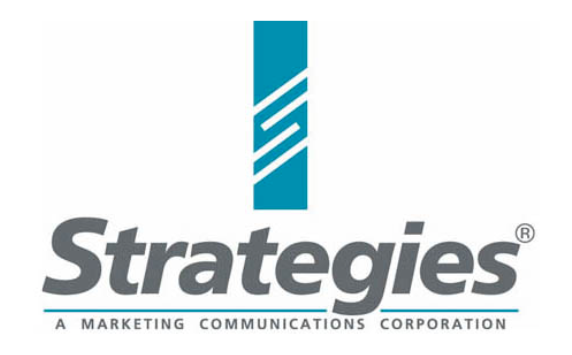Branding – the Most Misunderstood Idea in Marketing
One of the most misunderstood marketing concepts on earth is branding. Ask 10 people what a brand is and you’ll get 10 different answers – it’s a name, a company or entity, it’s a logo, a consistent look and feel, it’s a culture, it's differentiators, and on and on. We know that customers buy certain brands and don’t buy others and we want the former and not the latter, and yet without knowing what a brand is, there’s no way to make that happen.
The fact is that a brand is none of the above – and all of them.
Here’s what a brand really is:
If I go out to a group of your customers and/or potential customers and I say your name or show them your product, the thoughts, feelings and expectations that arise in the minds and hearts of those customers ARE your brand. Thoughts, feelings, and expectations.
So that’s why so many companies misunderstand branding. We don’t own our brands. Our customers do. And our brand is what those customers say it is – even if we don’t like what they think, feel and expect.
That’s also why its so hard to change a brand. It explains why popular brands hang on long after their products go downhill, and why better mousetraps don’t always prevail against well established brands – at least not right away. It’s hard to change people’s minds, hearts, and expectations. Really hard, as any sales person knows who’s heard a prospect say, “Sorry. We always buy (insert competitor’s name).”
But how do brands get developed? By interaction. By every touch between a company/entity and its customers. These interactions may be direct from company to customer like through the product experience or the advertising campaign, or indirectly by word of mouth. And – this is important – brands are formed not just through the interactions we would prefer the customers notice, but by everything! That’s why a company that spent tons of money advertising “free shipping – game changer” can lose customers when they charge triple for returns. They violated the expensively cultivated customer expectation that this was a customer-oriented company.
So “branding” can’t be just something that occurs in a tagline or this season’s ad campaign. It has to pervade every interaction between entity and customer.
Write down 10 things that you want every customer to think, feel, and expect when they see your name or consider your product. Make sure every employee worldwide understands those things and every communication represents at least a few of them.
With complete consistency, a positive brand is the most powerful tool in marketing because it leads to brand preference and “we always buy (insert your company name).”

